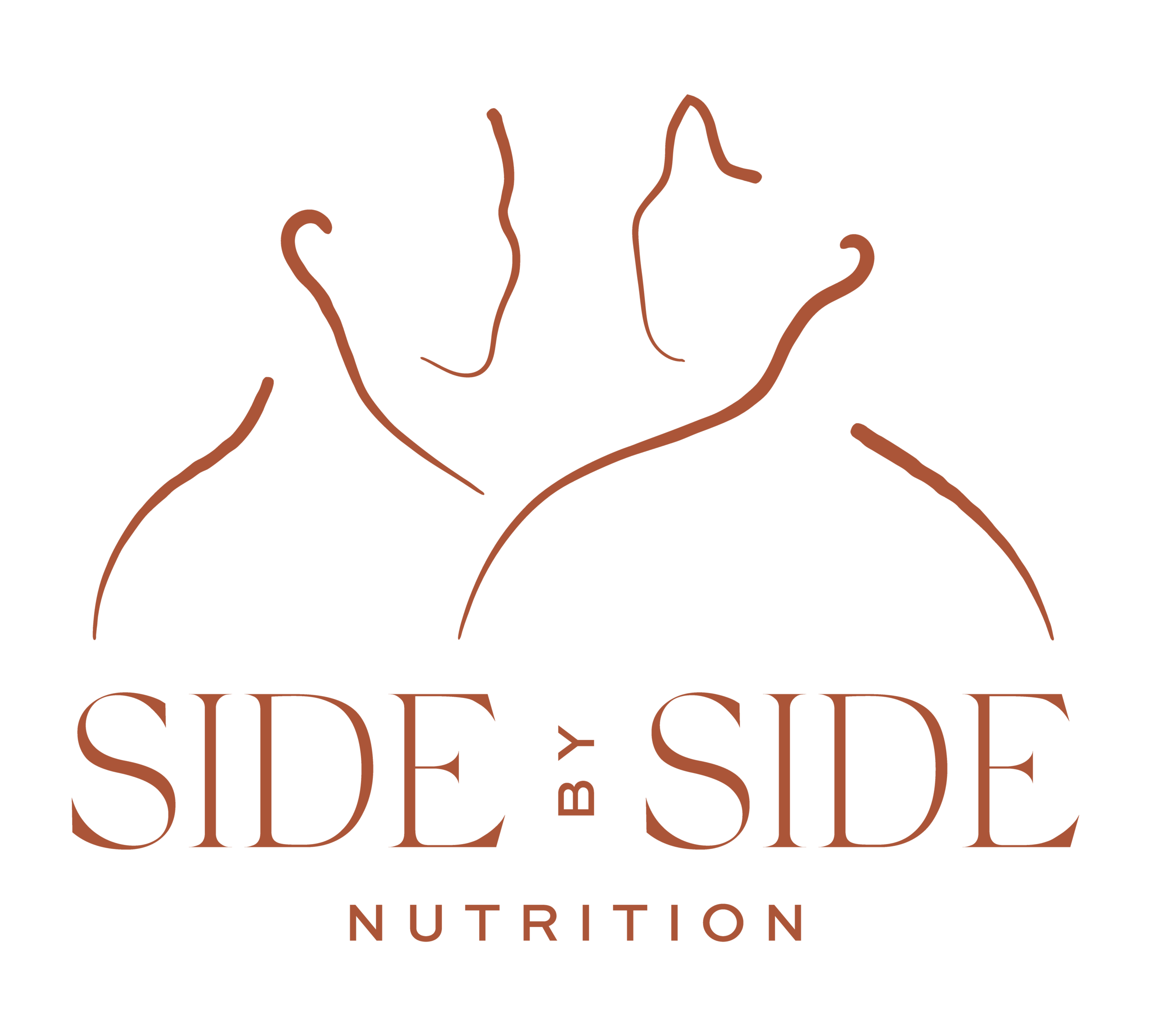What is Female Athlete Triad Syndrome?
Understanding Athlete Triad Syndrome
Athlete Triad Syndrome, also known as Female Athlete Triad, is a condition that affects active women, particularly those involved in sports that emphasize leanness or a certain body image. It consists of three interconnected components: low energy availability (with or without disordered eating), menstrual dysfunction, and decreased bone mineral density.
Low Energy Availability
The first component of Athlete Triad Syndrome is low energy availability. This happens when there is an imbalance between the energy consumed through diet and the energy expended through exercise. Athletes may not be eating enough to fuel their rigorous training schedules, either intentionally or unintentionally. It is very common for athletes to develop disordered eating tendencies due to the high-pressure nature of sports, the emphasis on lean body size, and incorrect nutrition information that is often promoted.
This energy deficit can lead to a range of health issues, including fatigue, decreased performance, and impaired recovery.
Menstrual Dysfunction
The second component is menstrual dysfunction. When the body doesn’t get enough energy, it can disrupt the normal functioning of the reproductive system. This can lead to irregular menstrual cycles, amenorrhea (absence of menstruation), or oligomenorrhea (infrequent menstruation). Menstrual dysfunction is a clear sign that the body is under stress and not getting the nutrients it needs. A very big misconception in sports is that “it is normal and healthy” to lose your period due to your fitness level and activity. This belief is entirely false and can be very harmful. Menstrual health is a critical indicator of overall well-being. When an athlete loses their period, it is a clear sign that the body is under significant stress and not receiving enough calories to meet its energy demands. This happens because the body is forced to conserve energy for vital functions, compromising reproductive health. Instead of being a sign of fitness, amenorrhea is a red flag that the athlete is in a state of energy deficiency. This not only impacts menstrual health but can also lead to a cascade of other health issues, including weakened bones, increased risk of injuries, and impaired performance.
Decreased Bone Mineral Density
The third component is decreased bone mineral density, which can lead to osteoporosis and increase the risk of fractures. Bone health is critically dependent on a well-balanced diet and regular menstrual cycles. When energy availability is low and menstrual function is disrupted, the body’s ability to maintain healthy bones is compromised. This can result in weakened bones that are more susceptible to injury.
what are signs and symptoms of female athlete triad?
Recognizing the signs of Athlete Triad Syndrome is crucial for early intervention. Symptoms and health problems related to female athlete triad may include:
fatigue
frequent injuries (like stress fractures)
heightened anxiety around food and body image
irregular or missed periods
infertility (which could be long-term)
a noticeable decrease in performance
low self esteem
Awareness is key to early intervention. Athletes, coaches, and healthcare providers should be aware and vigilant about these signs and encourage open discussions this!
how can female triad be prevented and treated?
Prevention and recovery are possible with the right treatment and sports nutrition strategies.
Athlete Triad Syndrome is a serious condition that can have long-term consequences on an athlete’s health and performance. Here are what coaches can do to help:
Awareness and education are vital in preventing and managing this syndrome.
De-emphasize weight loss
Foster a culture of health and wellness
Practice a healthy relationship with food and body image
Athletes can achieve their performance goals without compromising their overall well-being!
Eating disorders treatment for Athletes and sports:
For athletes struggling with eating disorders, our focus in medical nutrition therapy is to tailor nutritional interventions to support overall health, enhance performance, and aid in recovery. This specialized approach considers the unique dietary needs of athletes, taking into account factors like the type and intensity of their training, sport-specific requirements, and individual health objectives.
Our main goals include ensuring adequate fueling to meet energy demands, promoting efficient recovery, preventing nutrient deficiencies, and addressing any specific challenges or conditions that may affect an athlete's well-being and performance. Ultimately, our objective is to help athletes achieve and sustain peak physical condition while safeguarding their long-term health, reducing the risk of injuries, addressing any nutritional imbalances, and achieving lasting recovery with a sustainable and compassionate relationship with food and body.
